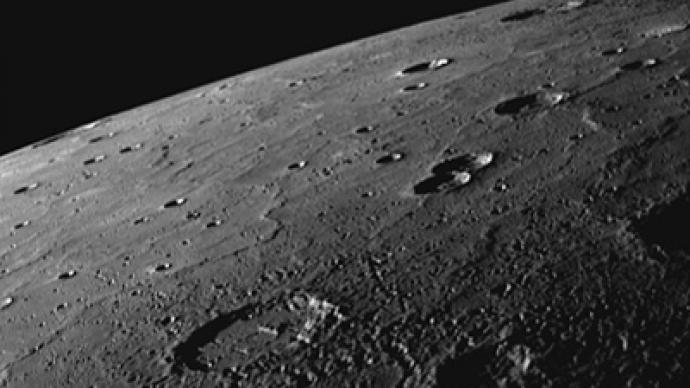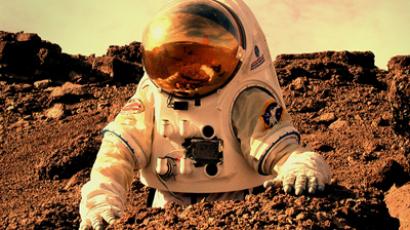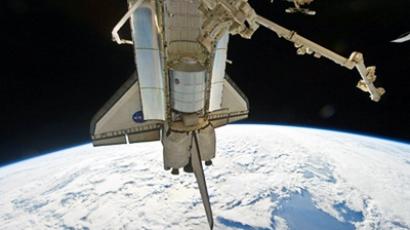NASA Messenger probe first to enter Mercury orbit

The NASA Messenger space craft has successfully entered into orbit around Mercury, the planet closest to Earth’s sun – becoming the first probe to do so.
"This is as close as you can possibly get to being perfect,” Messenger's chief engineer, Eric Finnegan, said. "Everybody was whooping and hollering; we are elated. There's a lot of work left to be done, but we are there."As the craft orbits Mercury it endures extreme temperatures, resting 29 million miles from the sun and 96 million miles from Earth. The purpose of the program is to use a number of instruments to collect date about Mercury and the space between Earth and the planet. The craft is scheduled to remain in orbit for at least one year, orbiting the small planet 730 times. In the past many scientific endeavors have overlooked the planet, revering to it as boring and featureless. The team however explained Mercury is a great environment to study extraordinary extremes.The planet’s equator can reach temperatures of 600 degrees Celsius, yet some research indicates there may be water and ice located on the poles and in certain craters. And unlike both Venus and Mars, Mercury continues to maintain a magnetic field. On top of extreme conditions, the solar history Mercury can offer may prove to be invaluable. The planet has continually shrunk over time, something which could not have been adequately studies without placing a probe in orbit. "We'll be looking at the composition of the planet and how it ended up so dense, and what planetary formation processes gave rise to the high fraction of core," Dr. Sean Solomon of the Carnegie Institution of Washington said. “Mercury tests all of our ideas for how Earth-like planets form and evolve.”The European and Japanese space agencies will also be sending a mission to Mercury later this decade, and the US is already looking to the future for other Mercury targeted projects.














